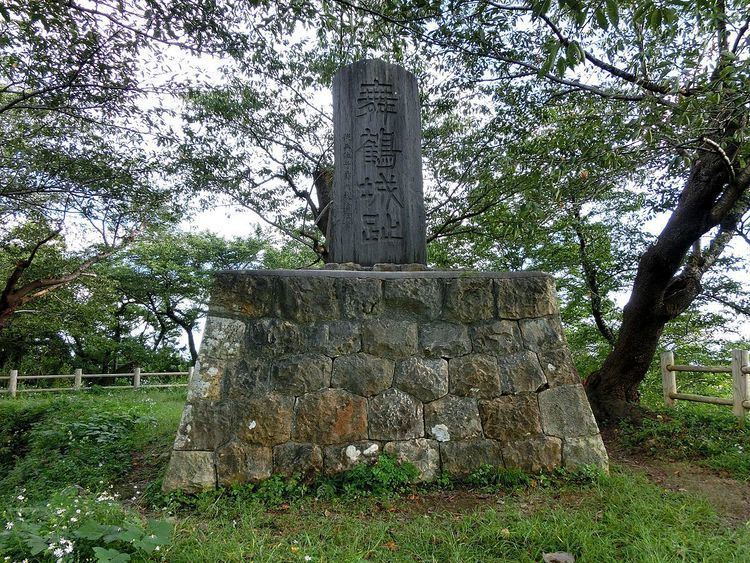Open tothe public yes Built ca. 1500 Phone +81 254-53-2111 | Condition ruins Built by Honjō clan Demolished 1868 | |
 | ||
Hours Open today · Open 24 hoursWednesdayOpen 24 hoursThursdayOpen 24 hoursFridayOpen 24 hoursSaturdayOpen 24 hoursSundayOpen 24 hoursMondayOpen 24 hoursTuesdayOpen 24 hoursSuggest an edit Similar Shibata Castle, Nagaoka Castle, Murakami Station, Yoita Castle, Takada Castle | ||
Murakami castle family
Murakami Castle (村上城, Murakami-jō) is a Japanese castle located in Murakami, northern Niigata Prefecture, Japan. At the end of the Edo period, Murakami Castle was home to a branch of the Naito clan, daimyō of Murakami Domain. The castle was also known as "Maizuru-jō" (舞鶴城).
Contents
- Murakami castle family
- Murakami castle niigata japan and the origin of gaijin smash
- History
- Literature
- References
Murakami castle niigata japan and the origin of gaijin smash
History
During the Sengoku Period, in the early 16th century, the Honjō clan fortified the top of Mount Gagyū (臥牛山), a 100-meter tall hill in northern Echigo Province. The early fortifications consisted of earthen ditches and a wooden palisade. In 1568, Honjō Shigenaga opposed Uesugi Kenshin and was dispossessed of his domains. Ken shin found the victory costly, as Murakami Castle held out against his forces for over a year and was taken after a bloody struggle in which one of his top generals was killed.
After Toyotomi Hideyoshi relocated the Uesugi clan to Aizu in 1598, the castle was awarded to Murakami Yorikatsu, who rebuilt it in the contemporary style with stone ramparts. The Murakami were followed in 1618 by the Hori clan, who added a three-story donjon and rebuilt the surrounding castle town into what would eventually become the city of Murakami. Under the Tokugawa shogunate, Murakami saw a frequent change in rulers. The Hori were replaced by the Honda clan in 1643, followed by a branch of the Matsudaira clan in 1649. In 1649, Matsudaira Naoyori rebuilt the donjon and added new yagura watchtowers. However, in 1667 most of the castle was destroyed in a fire caused by lightning and its donjon and yogurt were not rebuilt after that time. The Matsudaira were replaced by the Sakakibara clan in 1667, followed by the Honda again in 1704, the Matsudaira in 1710, the Manabe clan in 1717 and finally by a branch of the Naito clan, who ruled until the Meiji restoration of 1868.
During the Boshin War of the Meiji restoration, although the samurai of the domain were divided between those who were loyal to the Tokugawa shogunate, and those who supported the imperial restoration, the domain joined the pro-Tokugawa Ōuetsu Reppan Dōmei. Due to its strategic position at the entry to Dewa Province, the castle was attacked and destroyed by imperial forces. During the Meiji period, much of the stone rampant were dismantled and the stones were sold to the townspeople of Murakami as building materials. Fearing that the remnants of the castle would disappear completely, descendants of former Murakami domain samurai formed a society to petition for the protection of the remaining ruins. In 1960, the area was granted protected status as a Niigata Prefectural Historic Monument. In 1993, this status was upgraded to that of a National Historic Site.
